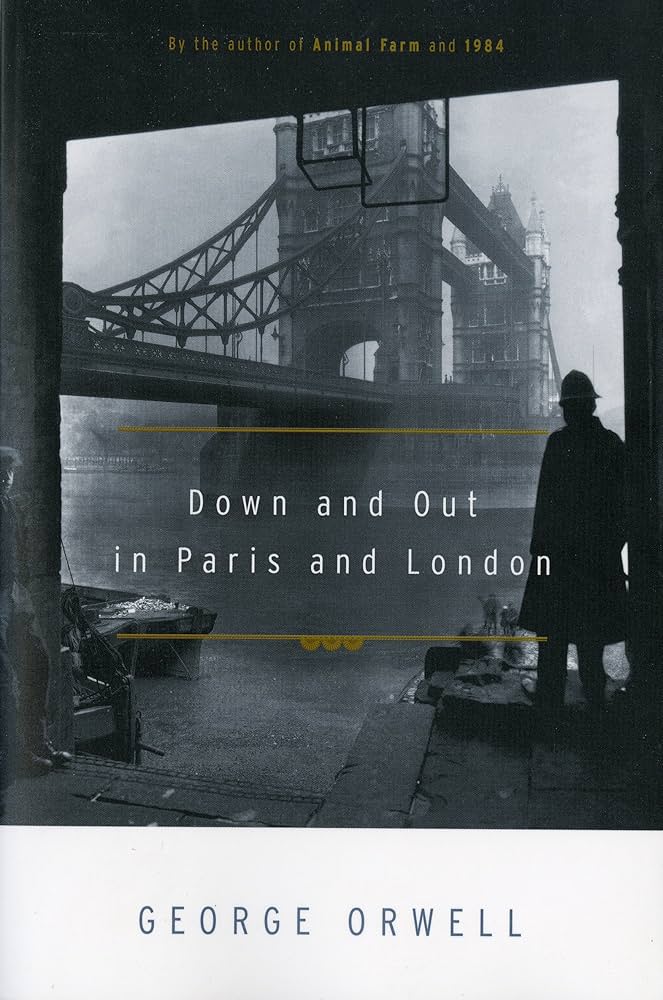In the shadowed streets of two iconic cities, poverty takes on lives of its own-unyielding, raw, and hauntingly real. george Orwell’s Down and Out in Paris and London is more than a memoir; it is indeed a vivid excavation of survival amid destitution, painted with unflinching honesty and empathy. This book review delves into Orwell’s penetrating exploration of poverty, tracing the delicate balance between despair and resilience that defines the margins of society. As we journey through the alleys and shelters of Paris and London, we uncover not just the hardship but the enduring human spirit that shapes every experience of survival.
The Stark Reality of Urban Poverty Captured Through Vivid descriptions and Personal Experience

Orwell’s vivid prose transports readers into the grim alleys of urban destitution, where every scene pulsates with the weight of human despair. His description of overcrowded lodging houses, the relentless struggle for food, and the unending search for warmth reveals an existence stripped down to bare essentials. The sensory details are so raw and immediate that one can almost feel the damp chill seeping through threadbare clothes or hear the cacophony of voices bargaining for scraps. Within this landscape, survival is less about choice and more about endurance-where dignity often teeters on the edge of oblivion.
- fleeting Moments of Hope: Orwell captures transient connections among the poor that offer brief respite.
- Dehumanizing Bureaucracy: The impersonal welfare systems deepen the sense of invisibility and frustration.
- Cycle of Marginalization: Poverty becomes a self-perpetuating trap reinforced by social neglect.
Their stories, drawn directly from Orwell’s personal experience, lent authenticity often absent in abstract discussions of poverty. The narrative refuses to soften hardship with pity or sensationalism; rather, it respects the complexity of human resilience. By walking alongside those struggling on the streets, Orwell reveals a world where survival requires not just physical grit but emotional fortitude against a backdrop of indifference and systemic failure.
| Aspect | Description |
|---|---|
| Shelter | Cramped, unsanitary lodging houses |
| Food | Scarce, often scavenged or minimal rations |
| Work | Irregular, low-paying casual labor |
| Social Interaction | Frail community bonds amid alienation |
Unveiling the social Structures That Perpetuate Homelessness in Early 20th Century Europe
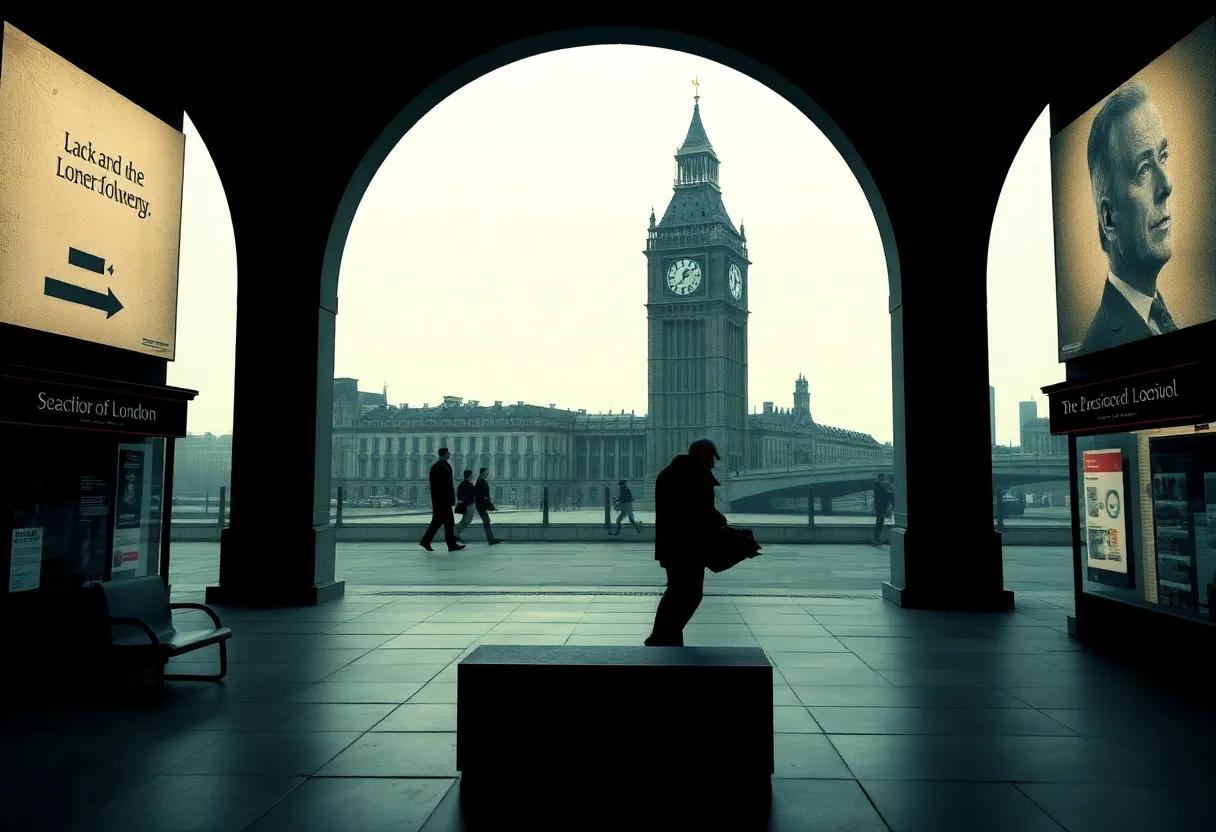
Key elements sustaining homelessness included:
- Economic disenfranchisement: Low wages and unstable jobs forced constant movement between temporary shelters and street life.
- Social alienation: The stigma attached to poverty ostracized people from mainstream society, deepening isolation.
- Legal and administrative hurdles: restrictive policies limited access to resources,perpetuating vulnerability.
| Social Factor | Effect on Homelessness |
|---|---|
| Class Stratification | Limited upward mobility |
| Unemployment Rates | Job scarcity and instability |
| Public Policy | Insufficient welfare provisions |
| Housing Availability | Shortage of affordable shelters |
A Closer Look at Orwell’s Compassionate Portrayal of the Working Class and the Unseen Struggles

Orwell’s narrative humanizes the often invisible lives of the urban poor, painting a vivid picture of their daily realities without resorting to condescension or pity. Rather than depicting them as mere victims of circumstance, he imbues his characters with dignity and complexity, revealing the resilience and solidarity that help them navigate a harsh world. Through intimate details-from the cramped living spaces to the shared meals in soup kitchens-he captures the essence of survival as both a physical and emotional endeavour, where every small act of kindness or defiance becomes a testament to human endurance.
- Endurance: The willpower to keep moving despite hunger and exhaustion.
- Community: Bonds formed in hardship, providing emotional and practical support.
- Visibility: Giving a face and voice to those society tends to ignore.
To further illustrate these themes, consider the following table showcasing the key aspects Orwell highlights in his portrayal of working-class struggles:
| Aspect | Portrayal | Significance |
|---|---|---|
| Living Conditions | Cramped, unsanitary lodging houses | Highlights physical and psychological stress |
| Employment | Unstable, low-paying jobs | Illustrates economic precarity |
| Social Interaction | Community solidarity in hardship | Shows humanity amid adversity |
The Role of Food and Survival Tactics as Central Themes in the Fight Against Destitution

Survival within these unforgiving urban landscapes requires far more than just finding food; it demands mastering subtle social codes and physical endurance.Techniques range from pooling resources in communal kitchens to mastering the art of invisibility-blending into the background so as not to attract the attention of both authorities and rivals. The table below encapsulates some of the core survival strategies Orwell highlights,underlining how food scarcity molds daily existence:
| Survival Tactic | Description | Connection to food |
|---|---|---|
| Dumpster diving | Searching discarded food to avoid hunger | Directly Source Cheap or Free Food |
| Work Exchange | Trading labor for meals or shelter | Bartering Food for Services |
| Sharing Networks | Communal pooling of scarce resources | Creating Support Systems around Food |
Examining the Impact of Unemployment and Economic Instability on Individual Identity and Dignity
Key effects of economic instability on individual dignity include:
| Aspect | Impact on Individual | Broader Social Effect |
|---|---|---|
| Loss of work | Identity crisis, diminished self-esteem | Social invisibility, marginalization |
| Economic instability | Stress, uncertainty about future | Family strain, weakened community bonds |
| poverty | Dependence on aid, stigma | Reduced social cohesion, increased inequality |
The Intersection of Class, society, and Self-Worth Explored Through Orwell’s Narrative Lens

Orwell’s narrative delves deeply into the fragile webs that bind individual identity to class structures and societal expectations. Through his vivid portrayal of life on the fringes, he reveals how poverty is not just a material condition but an assault on one’s self-respect and dignity. The characters in Down and Out in Paris and London navigate a world where survival often means suppressing personal pride and accepting invisibility within the broader social landscape. This suppression reflects the complex relationship between external circumstances and internal self-worth, showing that economic hardship can erode the very essence of how people value themselves and are valued by others.
Within these grim realities, Orwell lays bare the mechanisms through which society perpetuates inequality, often forcing individuals into cycles of desperation and invisibility. The intersections between class and identity become clearer when we examine the daily struggles-not just for food and shelter, but for recognition and humanity. Consider this breakdown of key survival strategies observed by Orwell:
- Invisibility: Remaining unnoticed to avoid exploitation or humiliation.
- Community Bonding: Forming fragile networks of mutual aid despite suspicion.
- Adaptation: Constantly shifting roles and behaviors to meet shifting economic demands.
| Aspect | Influence on Self-Worth | Societal Role |
|---|---|---|
| Employment Instability | Fosters anxiety and a sense of worthlessness | Marginalizes as replaceable labor |
| Social Alienation | Undermines identity validation | reinforces exclusion boundaries |
| Economic Dependence | Creates dependency and shame | Limits autonomy and social mobility |
How Orwell’s Use of Immersive Journalism Shapes Reader Empathy and Awareness of Poverty
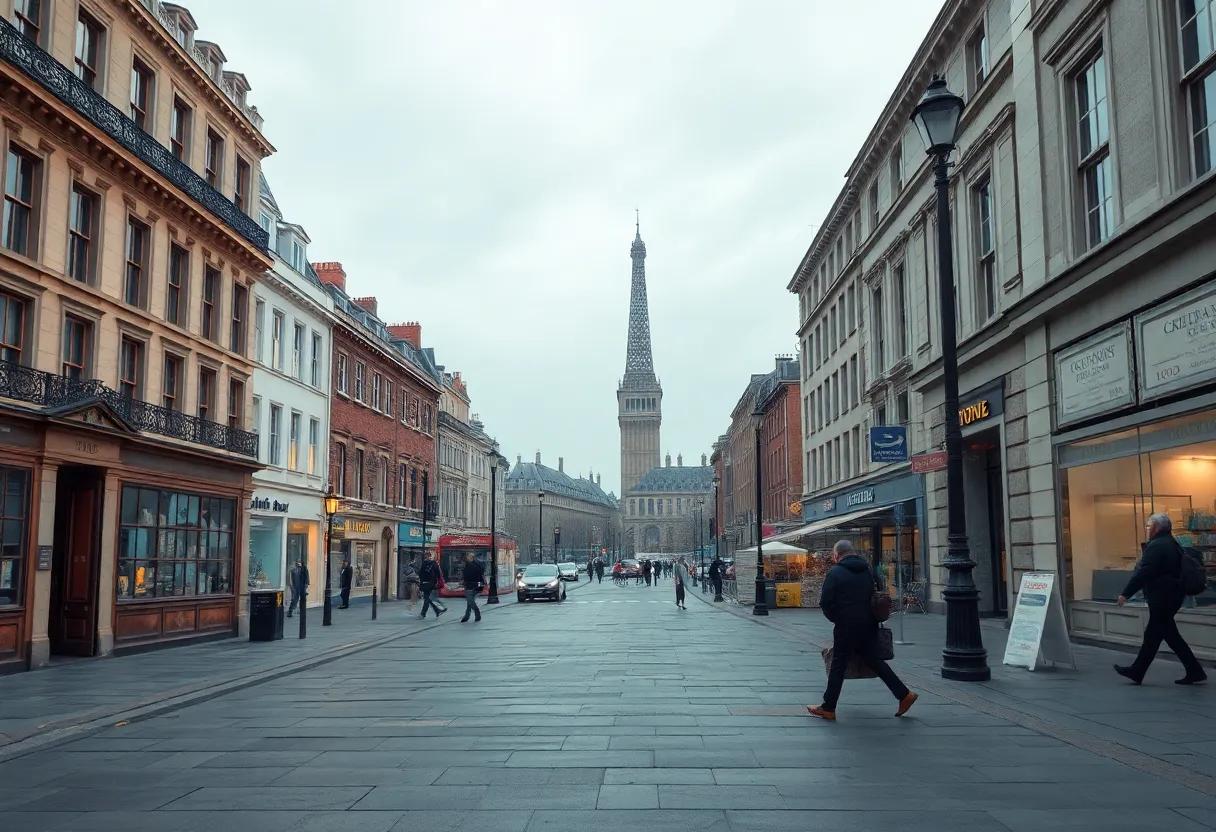
Orwell’s immersive approach plunges readers directly into the gritty realities of poverty, stripping away abstract statistics and stereotypes.By living among the destitute and adopting their perspective, he crafts a narrative that transcends mere observation. This method fosters an intimate connection, allowing readers to experience hunger, humiliation, and uncertainty firsthand. The visceral quality of his reportage compels empathy not through sentimentality, but by revealing the systemic barriers that trap individuals in cycles of deprivation. Through vivid detail and candid storytelling, Orwell dismantles the social invisibility imposed on the poor, urging readers to confront uncomfortable truths about class and survival.
His immersive journalism also elevates public awareness by exposing the nuances of urban poverty-highlighting not only material scarcity but also the social isolation and precariousness it breeds. The following table summarizes key elements of Orwell’s technique and their effects on reader perception:
| Technique | Purpose | Reader Impact |
|---|---|---|
| Participant Observation | Engaging directly with poverty | Authenticity,deeper emotional connection |
| Detailed Descriptions | Capturing everyday struggles | Heightened awareness,vivid imagery |
| Unflinching Honesty | Avoiding romanticizing suffering | Trust,critical reflection |
By combining these elements,Orwell not only informs but invites readers to question societal indifference.His work remains a powerful call to recognize poverty as a pervasive human experience demanding empathy and action.
The Influence of Historical Context on the Narratives of Marginalized Groups Living on the Edge
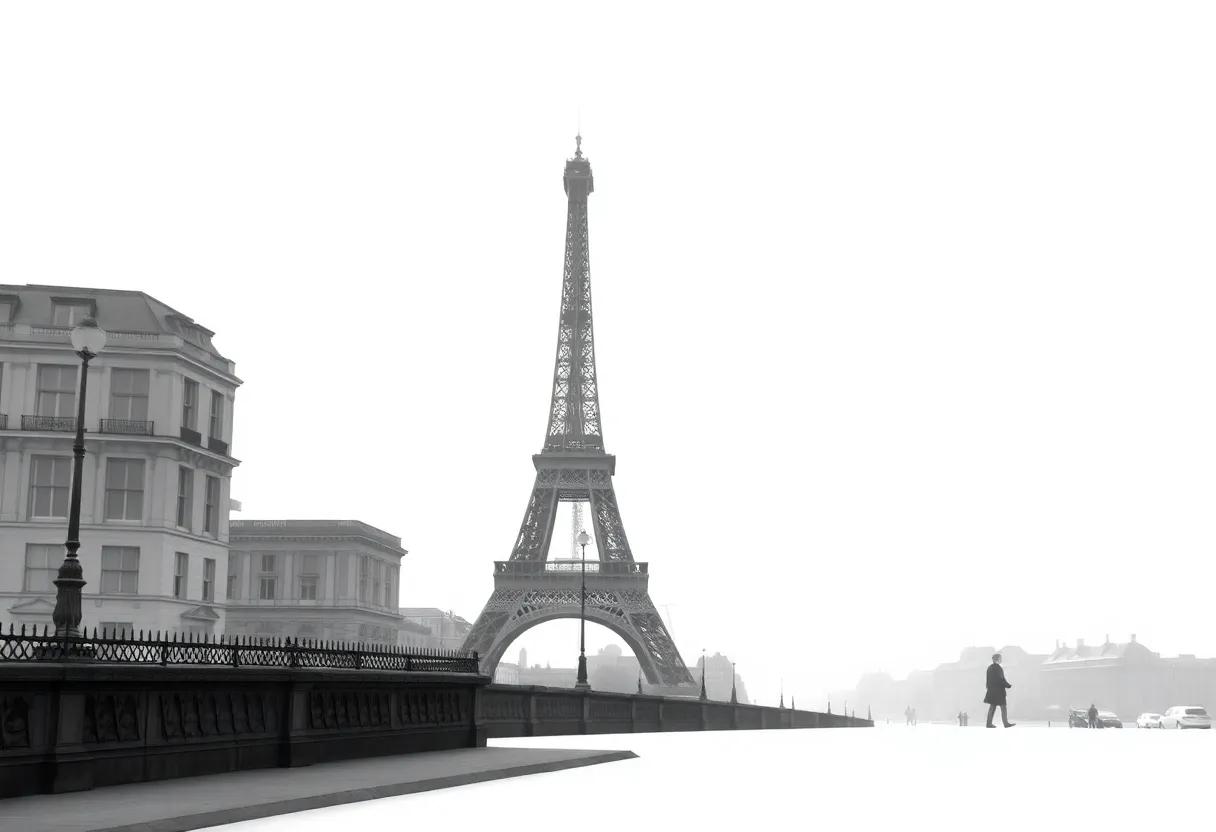
Orwell’s vivid immersion into the lives of those marginalized by society is deeply intertwined with the socio-economic upheavals of the early 20th century. His narrative doesn’t just recount events but serves as a mirror reflecting the grinding realities of poverty during the interwar period. The historical context-characterized by unemployment, homelessness, and class division-shapes every encounter and struggle detailed in Down and Out in Paris and London. From the overcrowded Parisian flophouses to the unforgiving streets of london, Orwell captures survival as a relentless, daily battle dictated by the rigid structures of an indifferent society.
Key elements in the text reveal how history carved out the edges where these communities lived:
- Economic instability: With jobs scarce and wages meager, characters navigate a world where labor is exploited and dignity often sacrificed.
- Social alienation: The shunning of the poor by mainstream society fosters both isolation and fragile networks of solidarity among the marginalized.
- Institutional neglect: Public services and laws frequently deepen hardship rather than alleviate it,reinforcing barriers to upward mobility.
| Historical factor | Impact on Marginalized Groups | Orwell’s Narrative Element |
|---|---|---|
| Post-war economy | Mass unemployment and poverty spikes | Desperation in labor markets |
| Urbanization | Crowding and poor living conditions | Descriptions of flophouses and slums |
| Social class rigidity | Limited mobility and stigma | Interactions with authority and middle class |
Engagement with Public Policy and Social Reform: Lessons Drawn from Orwell’s Observations

Moreover, Orwell’s observations reveal a disconcerting disconnect between policy intentions and their practical outcomes. The labyrinth of social aid systems often traps beneficiaries in bureaucratic inertia, creating obstacles rather than opportunities. His accounts urge policymakers and reform advocates to consider the lived realities of those affected, inspiring more compassionate and effective interventions. below is a synthesis of social reform lessons inspired by Orwell’s narrative:
- Empathy-centered policy design: prioritize the voices and experiences of marginalized populations.
- Systemic reforms: target root socio-economic issues rather of superficial symptom management.
- Accessibility: Simplify aid processes to reduce barriers caused by bureaucracy.
- Long-term vision: Emphasize sustainable solutions over short-term relief efforts.
| Policy Aspect | Orwell’s Critique | Reform Implication |
|---|---|---|
| Housing | Overcrowded, unsanitary shelters. | Invest in affordable, quality homes. |
| Labor | Exploitative, unstable work. | Ensure fair wages and job security. |
| Healthcare | Limited access to basic medical care. | Provide worldwide healthcare access. |
Stylistic Choices and Narrative Techniques That Elevate the Harsh Realities without Sensationalism
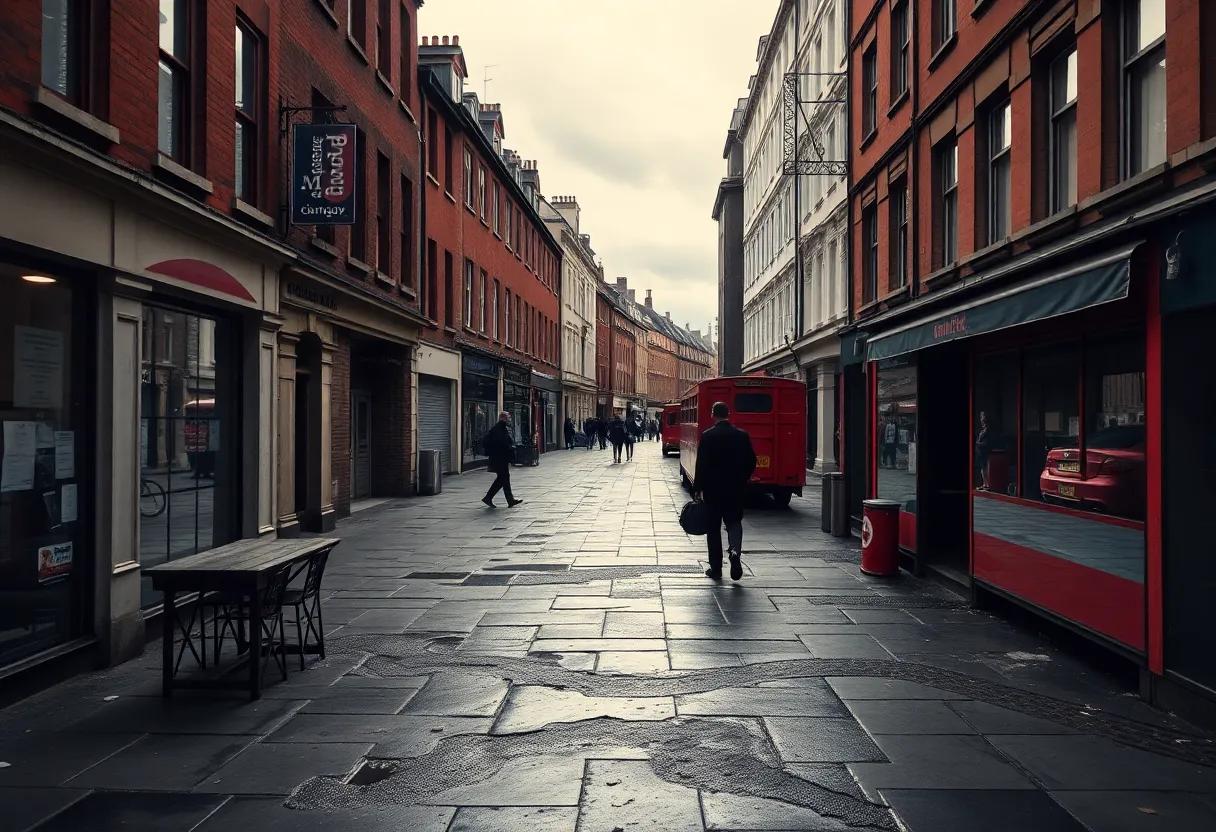
Orwell’s narrative brilliance lies in his ability to render the brutal realities of poverty with stark honesty while deliberately avoiding sensationalism. through his use of straightforward language and unadorned prose, he allows the weight of the circumstances to speak for itself, fostering a deep empathy in the reader without resorting to melodrama.This restraint is further enhanced by his methodical chronicle of daily struggles-whether it’s scavenging for food in Paris or navigating the London doss-houses-creating a rhythm that mirrors the monotonous yet relentless grind of survival.
Several stylistic choices work in concert to maintain this delicate balance:
- Detailed observational narration: Orwell’s attention to mundane yet telling details paints vivid social landscapes.
- interweaving personal experiences with societal critique: His firsthand accounts provide an intimate window that connects individual hardship to broader economic structures.
- understated emotional tone: Rather than overt appeals to pity, subtle cues invite readers to witness and reflect.
| Technique | Effect |
|---|---|
| Minimalistic Dialog | Enhances realism and rawness |
| Descriptive Economy | Focuses attention on key survival details |
| Juxtaposition of Setting | Highlights disparities without judgment |
The enduring Relevance of Down and Out in Paris and london in Contemporary Discussions of Poverty

In contemporary debates, Orwell’s work serves as an essential reference point for the lived realities of poverty. Key themes such as:
- Invisible labor and exploitation - highlighting how the working poor often go unnoticed;
- Community and solidarity – showing how survival hinges on mutual support among the destitute;
- The psychological toll of poverty – revealing the mental and emotional burdens beyond the physical hardships.
These elements underline ongoing challenges. the following table outlines parallels between Orwell’s experiences and today’s poverty indicators:
| Aspect | Orwell’s Era | Contemporary Context |
|---|---|---|
| Housing | Squatting, shelters | evictions, housing insecurity |
| Employment | Casual labor, day jobs | Gig economy, underemployment |
| Public Perception | Stigma, invisibility | Stereotypes, lack of support |
Critical Reflections on Orwell’s Ethical Approach to Storytelling and truth-Telling in Nonfiction

Orwell’s narrative strategy in Down and Out in Paris and London challenges conventional nonfiction boundaries by blending immersion with moral inquiry. His ethical commitment is palpable in the deliberate choice to live among the impoverished rather than merely observe from afar. This ground-level perspective allows orwell to confront uncomfortable truths head-on, but it also raises questions about portrayal and authority. Is his depiction purely empathetic, or does it carry an unavoidable bias as the author navigates the divide between observer and participant? These complications remind us that truth in nonfiction is frequently enough a mosaic of perspectives rather than an absolute, and Orwell’s work invites readers to reflect critically on how stories of hardship are framed and who gets to tell them.
- Immersive empathy: Orwell’s presence in slums empowers authenticity but complicates impartiality.
- Ethical clarity: His candid reflections on his own discomfort and privilege add layers to his truth-telling.
- Voluntary witnesshood: Choosing to enter poverty rather than merely describe it intensifies the ethical stakes.
examining Orwell’s balancing act between advocacy and artistic craft reveals a tension at the heart of ethical storytelling. His prose strays carefully between exposing societal neglect and preserving individual dignity, avoiding sensationalism while still evoking emotional urgency. This moral tightrope ride is visually echoed in the table below, which outlines key ethical considerations Orwell navigates throughout his narrative:
| Ethical Element | Orwell’s Approach | Potential Challenges |
|---|---|---|
| Participant-Observer Role | Embedded, living among poor | Risk of subjective bias |
| Representation | Detailed personal stories | Possibility of stereotyping |
| Truth Construction | Blending fact with narrative style | Balancing accuracy and readability |
Recommendations for Readers Seeking a Deeper understanding of Socioeconomic Hardships and Resilience
For those eager to delve beyond the surface of Orwell’s vivid portrayal, exploring complementary works that dissect socioeconomic struggles and resilience can enrich understanding tremendously. Consider immersing yourself in books like Nickel and dimed by Barbara Ehrenreich, which investigates the daily realities of low-wage workers, or The Working Poor by David K. Shipler, offering a extensive analysis of poverty’s entanglement with social systems. Documentaries and essays focusing on urban poverty and survival strategies also help widen the lens,revealing both historical and contemporary dimensions of socioeconomic hardship.
To better grasp the dynamic interplay between adversity and human endurance, examine not only literature but also empirical data and personal narratives. Below is a concise comparison of key themes across recommended works that resonate with Orwell’s narrative:
| Work | Primary Focus | Unique Lens | Resilience Highlight |
|---|---|---|---|
| Down and Out in Paris and london | Poverty and homelessness | First-person immersion | Resourcefulness in extreme destitution |
| Nickel and Dimed | Low-wage labor | Undercover journalism | Survival through grit and solidarity |
| The Working Poor | Poverty with structural analysis | Sociological perspective | Balancing systemic barriers and hope |
- Engage with oral histories and testimony projects to connect emotionally with lived experiences.
- Analyze policy implications to understand how systemic factors perpetuate or alleviate poverty.
- Cross-reference literature with current socioeconomic data for a modern context.
About George Orwell The Author Who transformed Personal Hardship into Societal Insight and Literary Art
Through vivid storytelling, Orwell reveals not only the physical struggles but also the psychological toll exacted by poverty. His portrayal underscores several *key themes* that resonate deeply:
- The invisibility of the impoverished to mainstream society
- the persistence of human dignity amid degradation
- The cyclical nature of poverty and the harsh realities of unemployment
| Aspect | Orwell’s Insight |
|---|---|
| Living conditions | Cramped, unsanitary, unstable |
| Work | menial, uncertain, dehumanizing |
| Social Perception | Marginalized, overlooked, judged |
In peeling back the layers of Orwell’s Down and Out in Paris and London, we are invited not just to witness poverty, but to inhabit its restless margins. This journey through hardship and resilience is more than a historical account-it is indeed a mirror reflecting enduring societal struggles. As we close the pages, the stark reality Orwell paints lingers, challenging readers to confront the complexities of survival in a world where invisibility often accompanies destitution. Ultimately, this exploration is a reminder that beneath the surface of economic despair lies a shared human experience, both fragile and unyielding.

